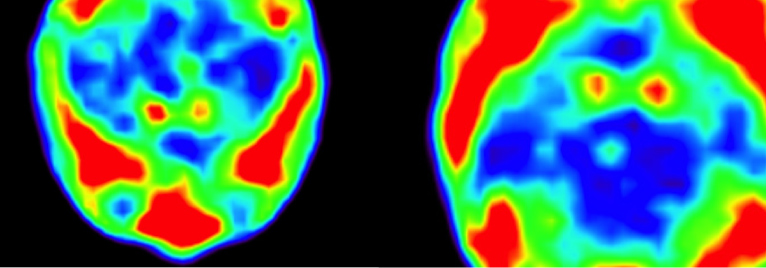A close interaction between gut immune responses and distant organ-specific autoimmunity including the CNS in multiple sclerosis has been established in recent years. This so-called gut-CNS axis can be shaped by dietary factors, either directly or via indirect modulation of the gut microbiome and its metabolites. Here, SFB 128 PI Luisa Klotz and colleagues report that dietary supplementation with conjugated linoleic acid, a mixture of linoleic acid isomers, ameliorates CNS autoimmunity in a spontaneous mouse model of multiple sclerosis, accompanied by an attenuation of intestinal barrier dysfunction and inflammation as well as an increase in intestinal myeloid-derived suppressor-like cells. More . . .

















